International Decade of Indigenous Languages
The United Nations has declared 2022-2032 as the International Decade of Indigenous Languages. Many Indigenous languages across the world are in...
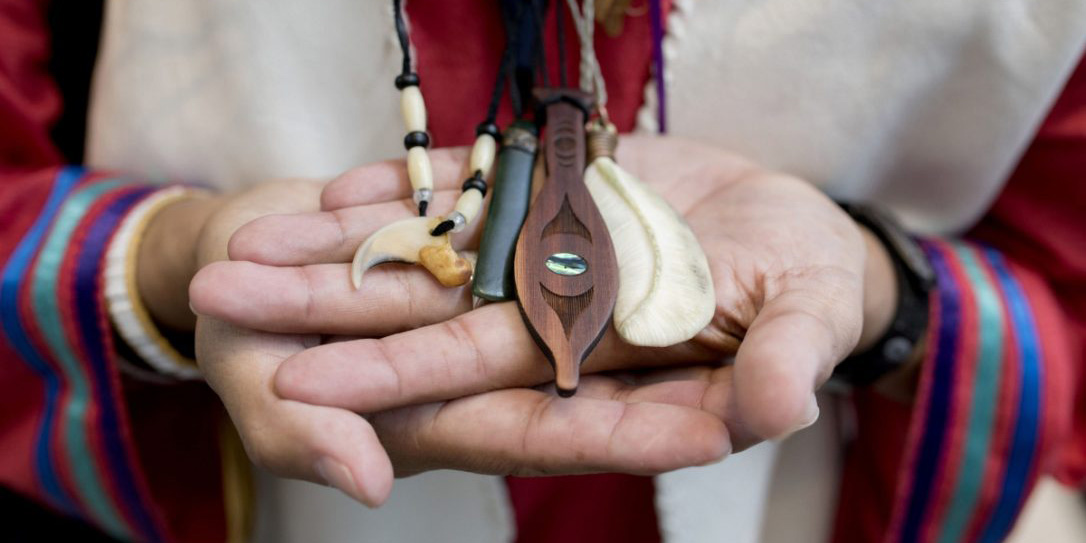
Indigenous languages are struggling to survive. With the number of Indigenous language speakers on the decline, some of these languages are on the verge of completely disappearing. Many of Canada’s Indigenous languages, such as Oneida, Cayuga, and Seneca, are estimated to have less than one hundred speakers. But, due to increasing awareness of Indigenous people and the importance of their culture and language in Canada, Indigenous language revitalization efforts are being made to keep these languages alive.
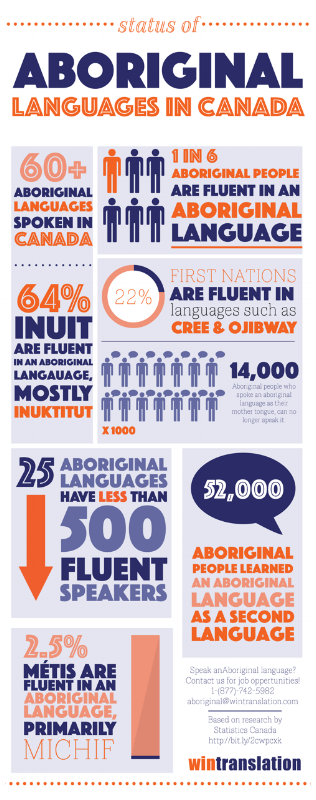
There are over sixty different [1] Indigenous languages that are currently spoken in Canada. Mi’kmaq and Malecite are the predominant languages in the Atlantic Provinces while Swampy Cree, James Bay Cree, and Ojibway are most frequently spoken in Quebec and Ontario. Across Manitoba, Saskatchewan, and Alberta, Plains Cree is the main language with some Western Ojibway, Dogrib, and Dene sprinkled in between. The West Coast of Canada is among the most diverse with the Salish family languages being the most prominent along with Carrier, Shuswap, Ntlakapamux, and many others.
In Northern Canada, Inuktitut spans all the way from the Yukon Territories and into Newfoundland and Labrador with various regional dialects like Nunavik, Inuinnaqtun, and Inuvialuktun scattered along the way. Indigenous languages flourish in the North, mostly due to the remoteness of the communities. Nunavut has adopted Inuktitut and Inuinnaqtun as their official languages, along with English and French. The Northwest Territories has eleven official languages, nine of which are Indigenous languages such as Chipewyan, Gwich’in, and Dogrib.
The Indigenous languages of Canada have been endangered for decades and many factors contribute to this. One of the key mandates of residential schools in Canada was to prevent their students from speaking their native language. This led to languages only having a handful of individuals who could speak the languages in many cases. These individuals are responsible for passing down their knowledge and teaching their language to their people, a daunting task for anyone to undertake. Furthermore, Indigenous students are increasingly attending school away from their territories and growing up learning the dominant and common language that is being used in their region, such as English and French.
So, what is currently being done to help Indigenous language thrive? What does it mean when we say Indigenous language revitalization efforts? Language revitalization refers to the efforts of a people or community to create language-learning programs and services to keep their language alive and flourishing. Revitalization and preservation of Indigenous languages have many positive effects on the survival of endangered languages and for the people who speak them. Studies and research have proven that learning and having the ability to speak an Indigenous language improves self-esteem, lowers suicide rates, promotes academic success and strengthens the connection between Indigenous people and their culture. [2][3][4]
Although Elders and Knowledge Keepers across the land have told us that there is no specific word for reconciliation in their own languages, there are many words, stories, and songs… that are used to establish relationships, repair conflicts, restore harmony, and make peace. [5]
Many efforts are being made to keep these languages alive. All over the world people are researching and finding ways to revitalize and preserve Indigenous languages. In Canada, some of these efforts include dictionaries, and electronic device apps such as Ojibway People and Language App which contains more than 200 Ojibway words and phrases and recorded pronunciations. There are language programs at universities, such as First Nation’s University of Canada, that provide a Bachelor's in Cree. There are also research and learning centres such as the Oneida Language and Cultural Centre, which offers language courses and cultural events at a low cost.
Educating yourself on Indigenous people, the importance of their languages, and supporting their revitalization efforts, are just some of many ways you can help with the revitalization of Indigenous languages. Our Indigenous Awareness course is a great place to start your learning journey.
About wintranslation:
An award-winning translation service provider based in North America, wintranslation has a nineteen-year track record in managing complex multimedia and large-scale projects on time and on budget. We provide translation into over 120 languages and specialize in the translation of over 35 of North America’s Aboriginal languages, ranging from relatively widely-spoken languages, such as Inuktitut and Cree dialects to rarer dialects like Michif and Inuvialuktun. We offer translation into various local dialects of the Inuit, First Nations, and Métis peoples of Canada, as well as several languages and dialects of Native American tribes found in the United States.
By Amanda Pereira & Jillian Morgan, wintranslation
[1] Study: Indigenous Languages and Selected Vitality Indicators, 2011. Government of Canada, Statistics Canada. N.p., 16 Oct. 2014; Web. 21 Apr. 2017
[2] Benefits of Indigenous Language Learning, All Things Linguistic, 22 Mar. 2015; Web. 21 Apr. 2017
[3] Indigenous Language Preservation & Revival, Creative Spirits. N.p., 27 Nov. 2015; Web. 21 Apr. 2017
[4] Benefits of Indigenous Language Learning, All Things Linguistic, 22 Mar. 2015; 21 Apr. 2017
[5] The Final Report of the Truth and Reconciliation Commission of Canada
Featured photo: wintranslation
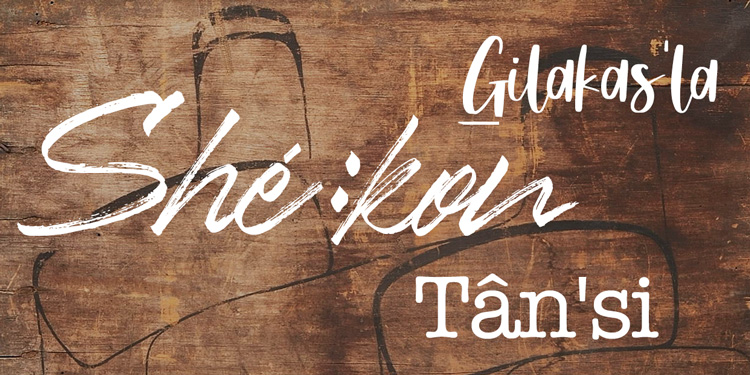
The United Nations has declared 2022-2032 as the International Decade of Indigenous Languages. Many Indigenous languages across the world are in...
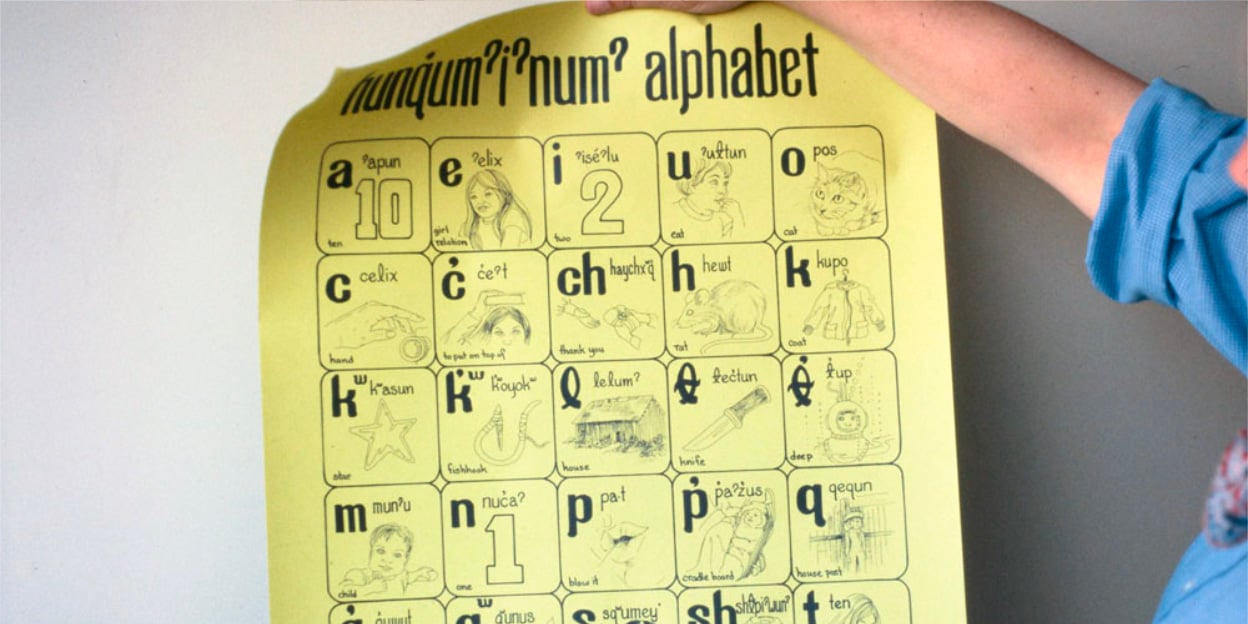
Indigenous languages the world over are in jeopardy. So much so that the United Nations declared 2019 the International Year of Indigenous Languages...
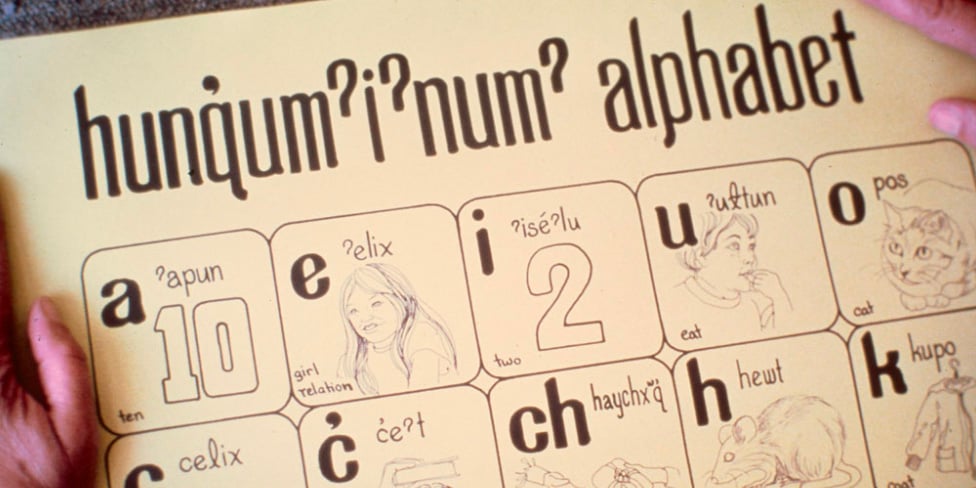
Of the most spoken languages in the world, English is third after Mandarin Chinese and Spanish. But English is the most commonly spoken second...